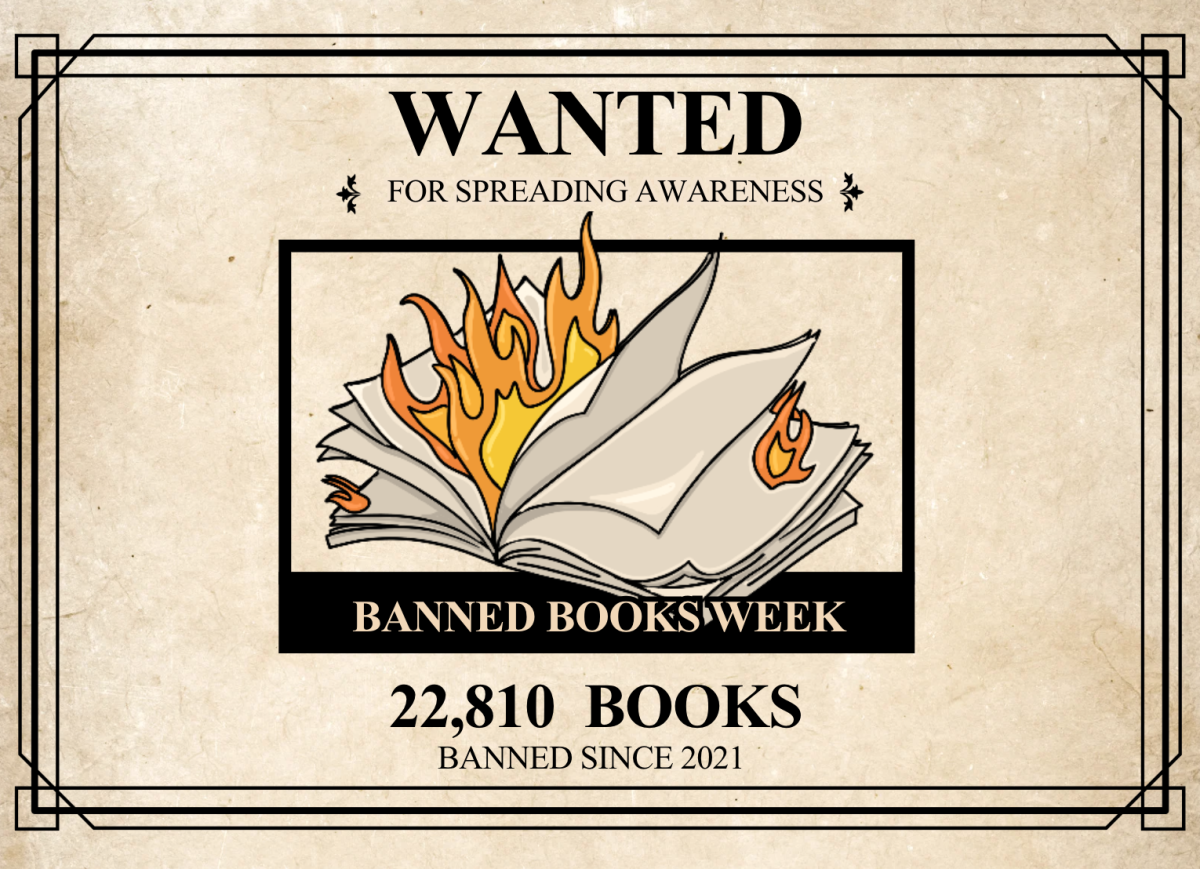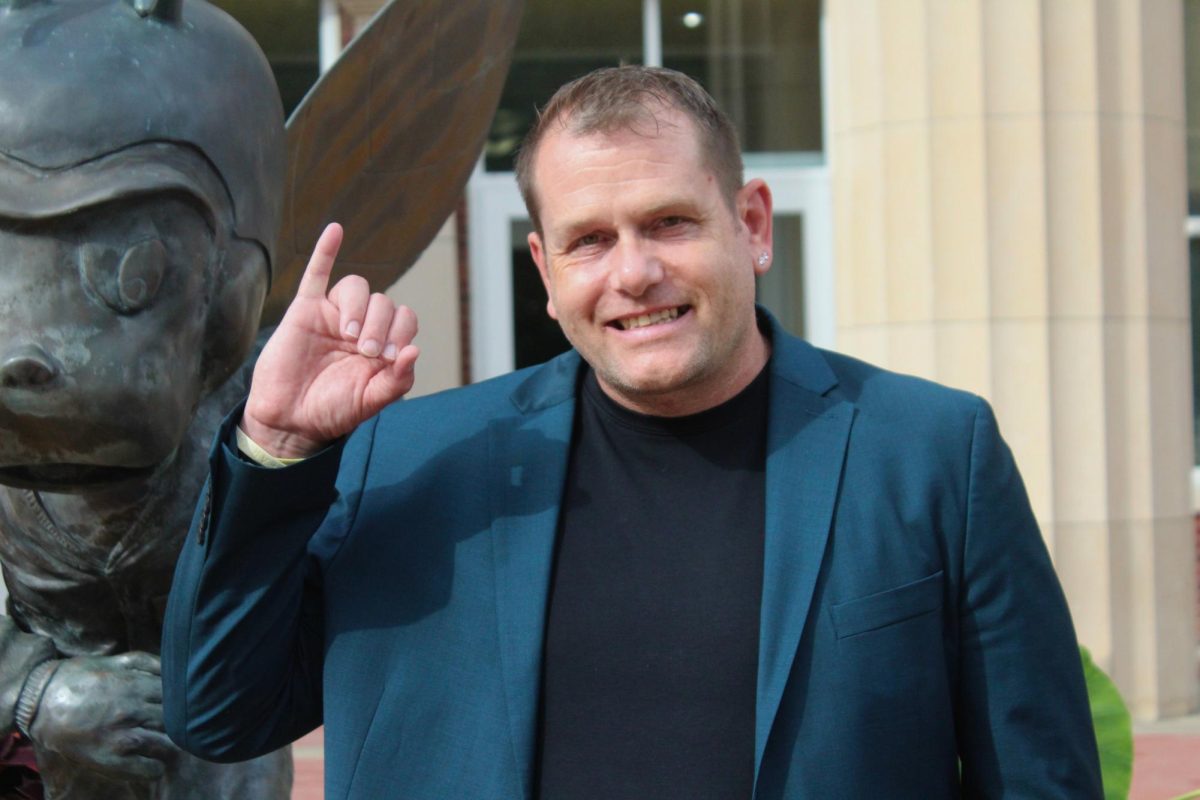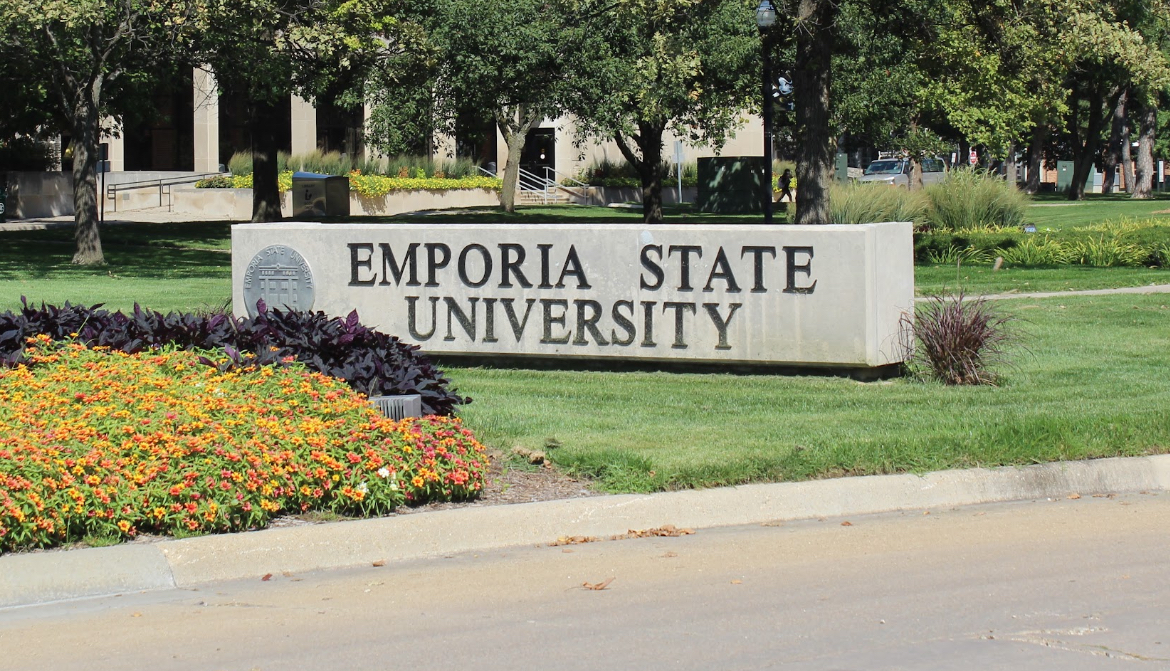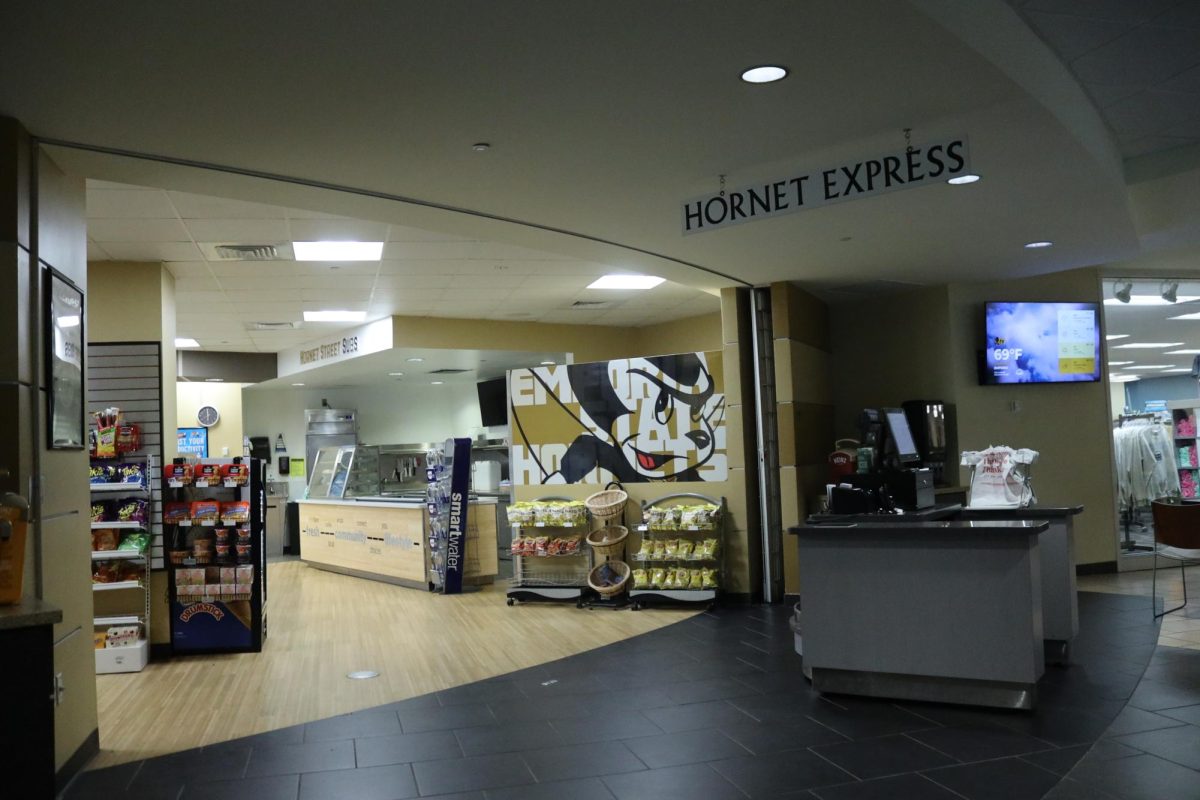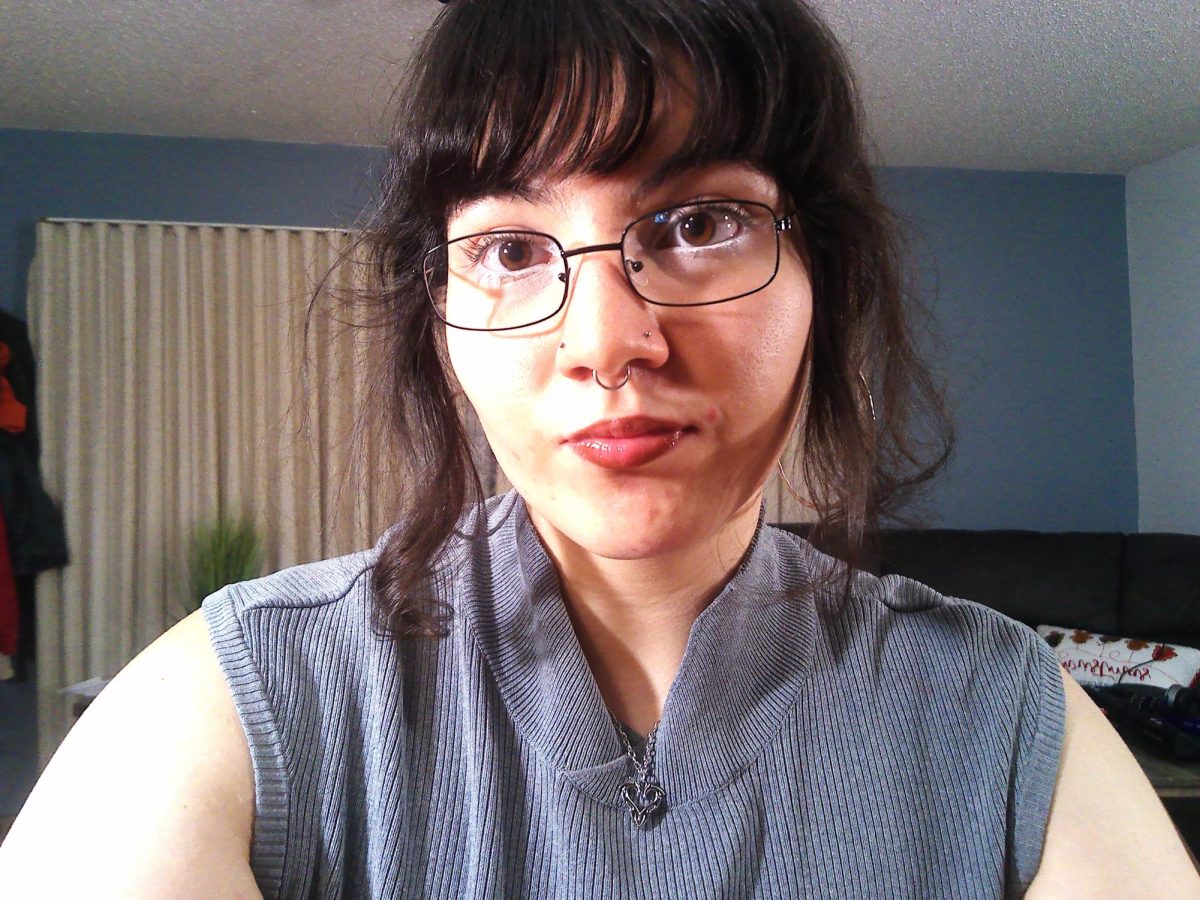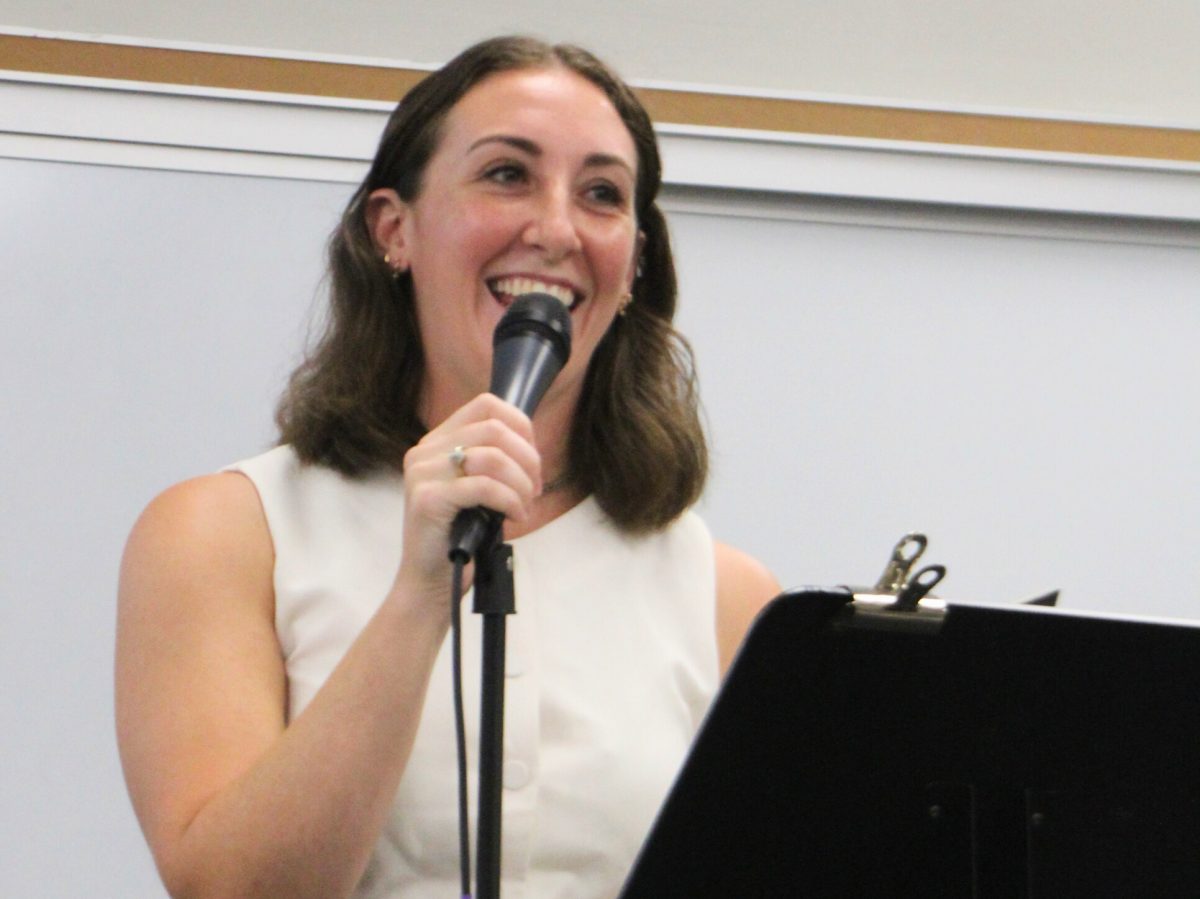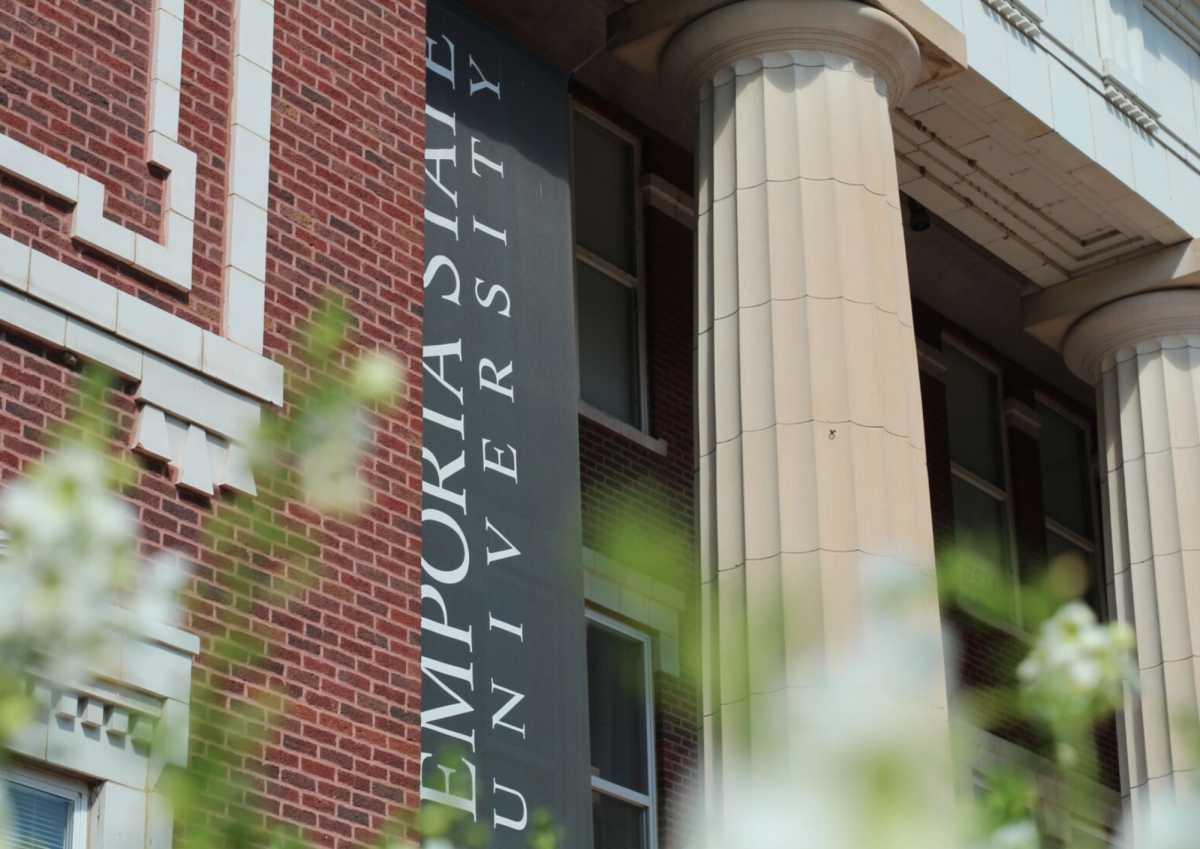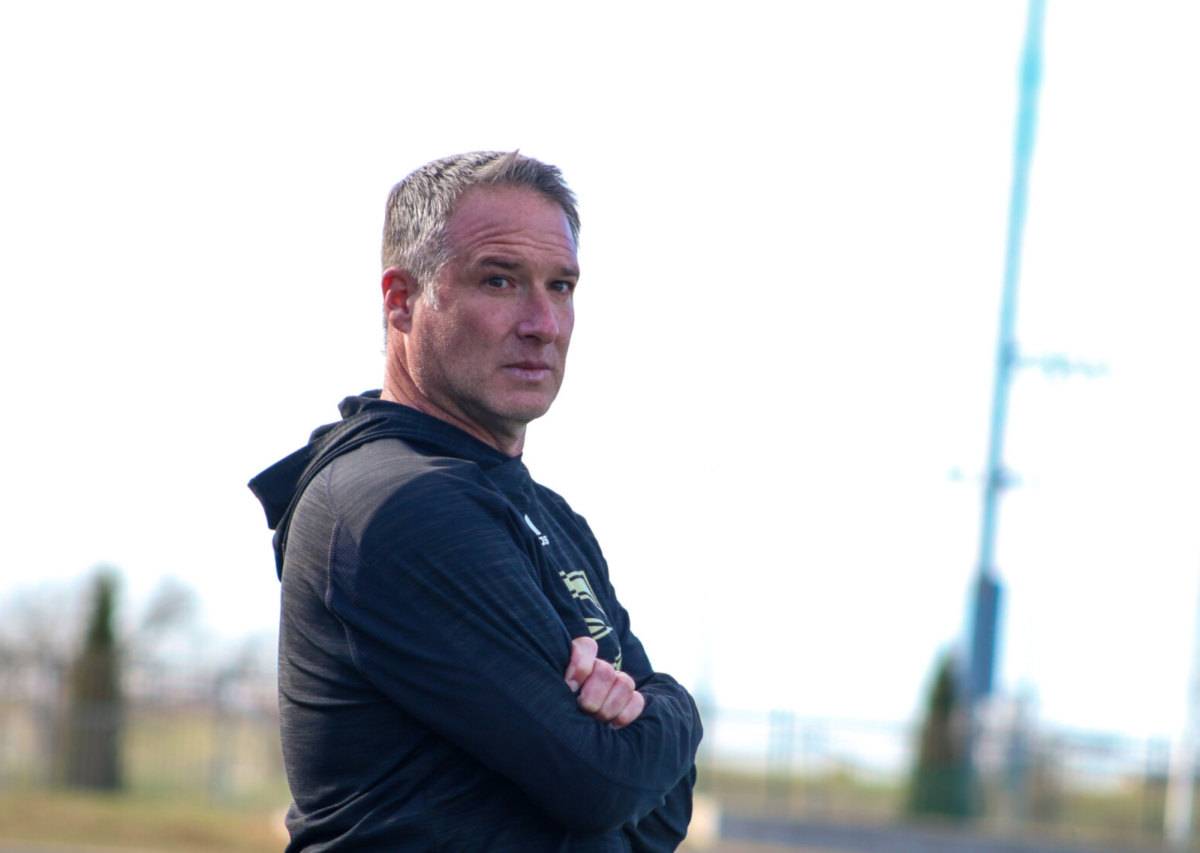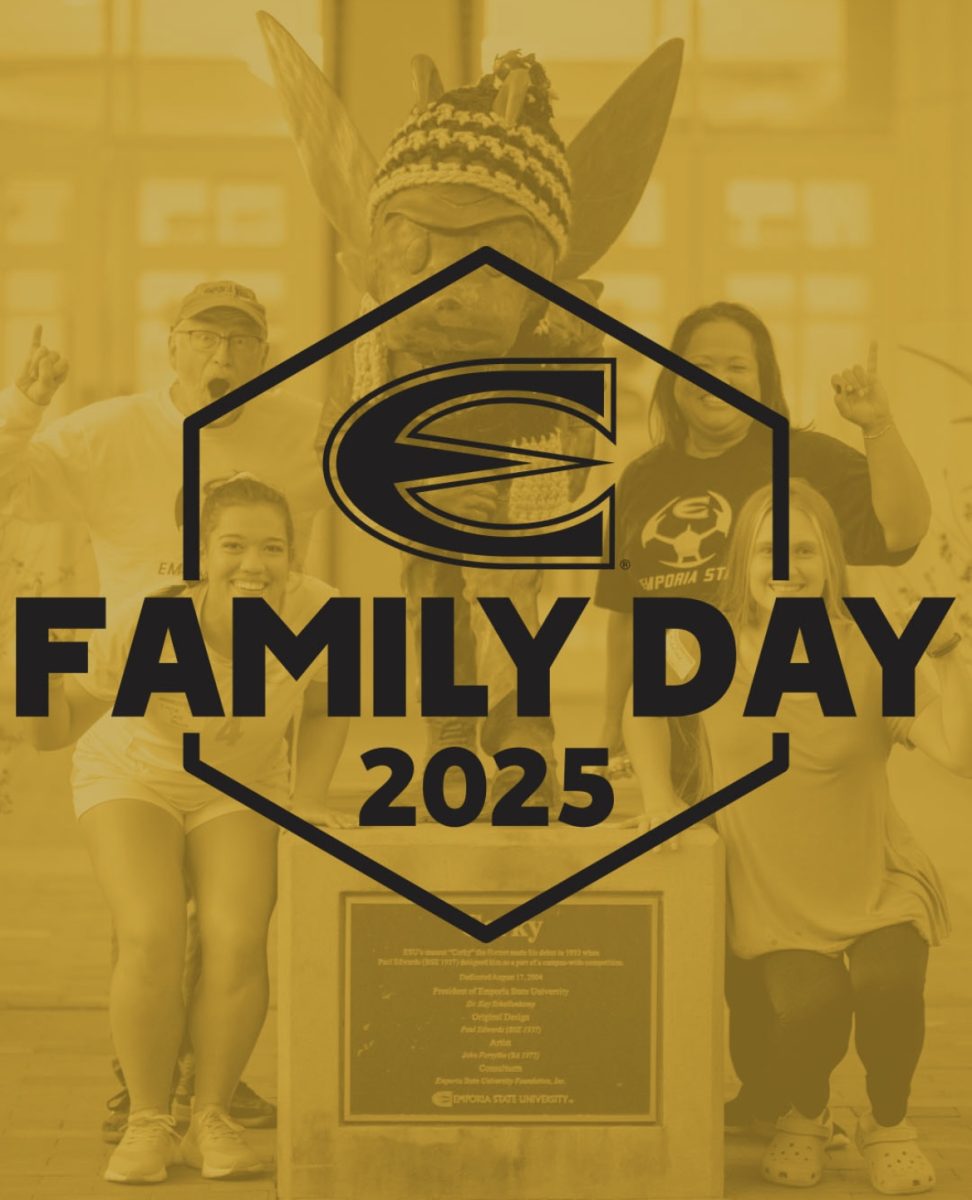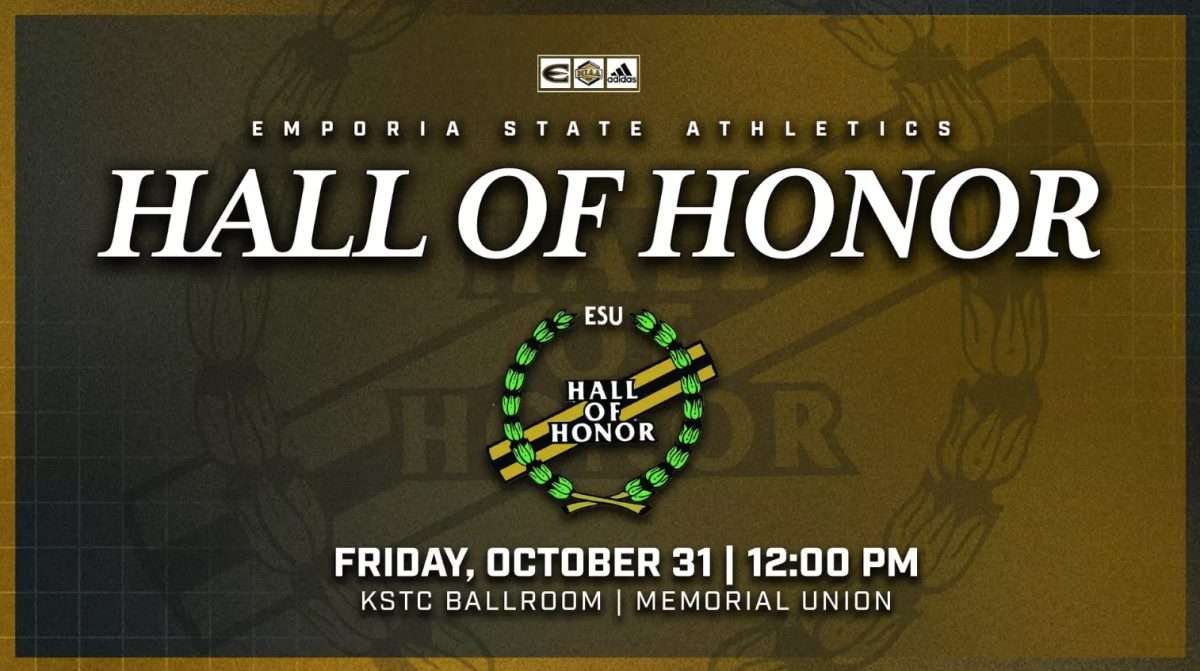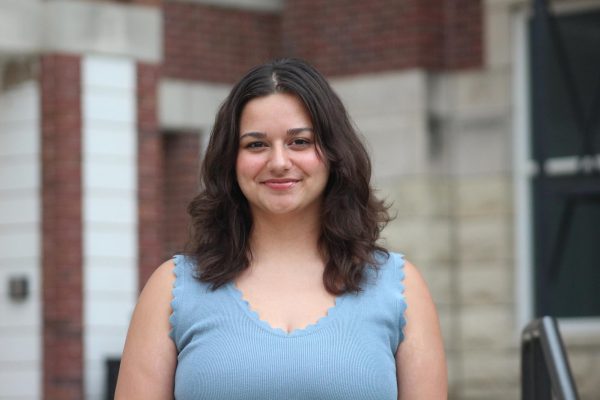The National Aeronautics and Space Administration (NASA) awarded Emporia State’s Peterson Planetarium a $5000 grant through the Kansas Space Grant Consortium. The grant supports faculty research and student involvement in scientific inquiry.
Mark Brown, director of the Peterson Planetarium, has decided to utilize the grant to study light pollution in Emporia.
DarkSky International, a recognized global authority on light pollution, defines light pollution as “the human-made alteration of outdoor light levels from those occurring naturally.” Light pollutants include street lights, car headlights, electronic billboards, sports lighting, and many other unregulated light sources. DarkSky identifies four components of light pollution: glare, light trespass, clutter, and sky glow, each of which has its own set of negative impacts.
As Brown shares, although he notes he did not coin the term, one effect of light pollution is that “we are losing our night sky at the speed of light.”
“The idea is to curb this light pollution,” Brown said, “to bring it down to a more manageable level, to where we’re not getting this (unnatural) blue-white light, but getting … warmer tones, because that doesn’t exasperate or hurt our view of the night sky as much.”
Another detrimental effect of light pollution is its harm to humans and nocturnal creatures. Brown mentions examples such as hatching sea turtles being led inland by artificial light instead of following the moon’s reflection on the ocean and migratory birds crashing into buildings. On a human level, he mentions an increase in breast and prostate cancer and other health issues.
But how does one measure light pollution? To put it simply, they use devices called light, or sky quality, meters to record the average brightness of the sky during “moon-free periods.”
Researchers then note latitude and longitude and upload the data to theGlobe at Night web app to create a light pollution map. These moon-free periods only last 10 days and occur roughly once a month. The studies are also subject to the weather and season, as tree canopies can interfere with light readings.
“I can’t (estimate exactly) how long it’s going to take,” he said, “but … I would certainly say that within two years, we should have a substantial amount of data points that we should be able to start producing light pollution maps … and see where we need to go to fill in the gaps.”
Student involvement is open to students in eighth grade and up, including university students.
“It’s all about inspiring and educating and motivating our young population, our next generation of students and STEM leaders in the workforce,” Brown said. “This is citizen science, so you do not have to have a background in astronomy or science to do this. We will give you the tools and resources to be able to go out and simply collect the data and to upload it.”
Brown hopes to present this data at conferences, compare it to NASA’s light pollution maps, and that students can present the information themselves.
“We are not here to be light police. The idea is to get our younger people involved and to help them to make these connections, to look at these investigations and to make their own conclusions. We’re just trying to … inspire people to be able to be more aware and observant of their surroundings and these detrimental effects that we’re having from light pollution,” Brown said.
“It’s all about trying to get people involved and just bringing awareness because it takes all of us to be able to try to bring back our night skies. It is an ecological problem. It’s an economic problem because of the amount of waste of electricity and lighting that we’re using. If you think of all the vast amounts of types of pollution that we have in our world, light pollution is the easiest and cheapest pollution to clean up.”
Individuals interested in participating can contact Brown by email at [email protected].

